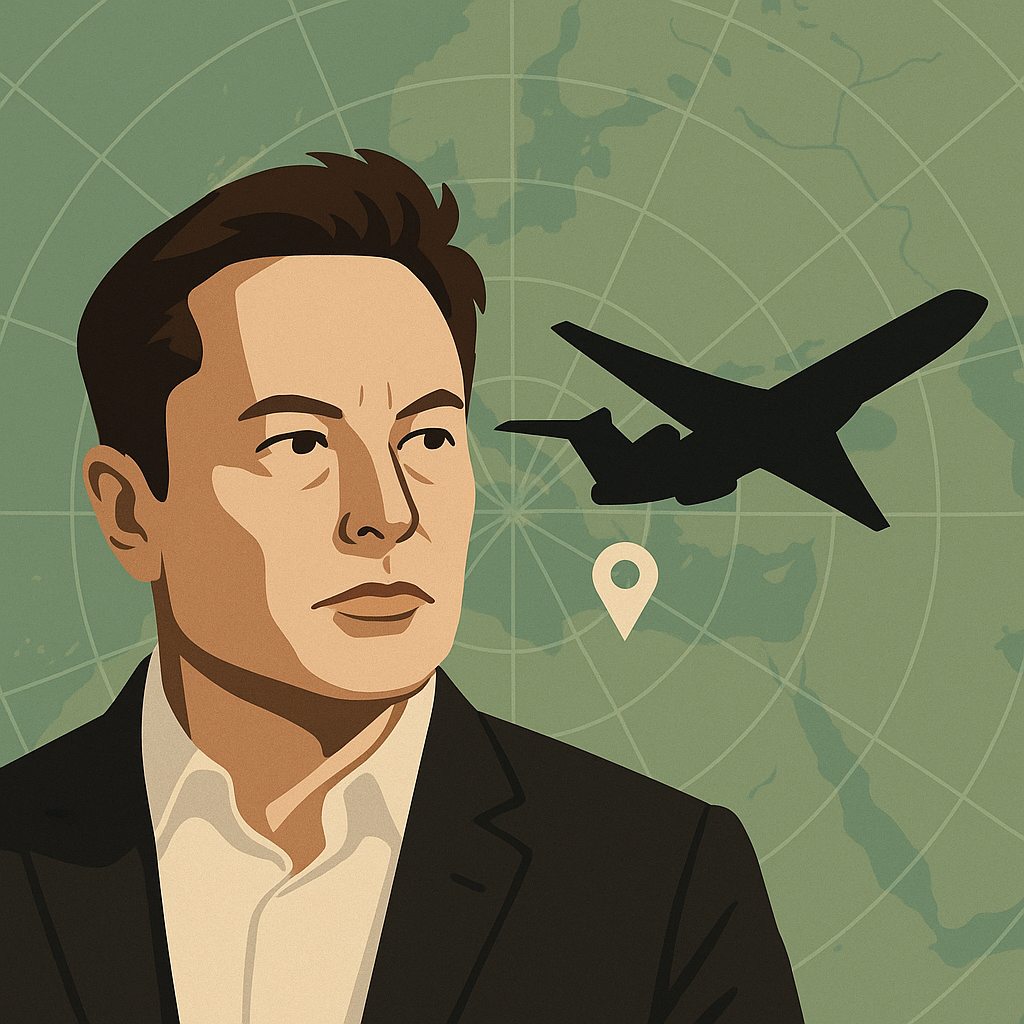
Elon's Flight Fiasco
In a world increasingly shaped by digital transparency and open data, one teenager took that principle to the skies—literally. Jack Sweeney, a 19-year-old college student, built a Twitter bot that tracked the private jet of none other than Elon Musk. What started as a side project quickly turned into a high-stakes story about privacy, power, and the boundaries of technology.
“Can you take this down?”
— Elon Musk, in a direct message to Jack Sweeney
Sweeney’s bot, @ElonJet, used publicly available flight data from the FAA and ADS-B systems. With a bit of coding, he automated posts that shared the real-time locations of Musk’s jet as it took off, landed, and flew between countries. For fans of Musk and aviation geeks alike, it was fascinating. For Musk, it was a security nightmare.
After a few weeks of growing attention, Musk reached out directly—offering Sweeney $5,000 to shut the bot down. The teen countered with a request for $50,000 or even a Tesla internship. Musk declined, and the bot stayed up—until it didn’t. When Musk acquired Twitter in 2022 (now X), one of the first moves he made was suspending the account.
This action sparked a debate across the internet: Was Musk protecting his safety or censoring public information? The data Sweeney used wasn’t secret—it’s legal, available to anyone, and widely used by flight trackers. But when aggregated and broadcast to millions, even public data can have powerful consequences.
Sweeney didn’t stop there. He went on to create bots for tracking the jets of celebrities, billionaires, and government officials. The project became a form of digital activism, raising important questions: Do the ultra-wealthy deserve more privacy than the rest of us? Is automated surveillance ever ethical—even if it’s technically legal?
The story of Jack Sweeney and Elon Musk is more than a quirky headline—it’s a preview of a future where data isn’t just information; it’s power. As technology enables ordinary people to hold the powerful accountable, the line between privacy and transparency continues to blur. One thing’s for sure: in the age of automation, nothing flies under the radar anymore.